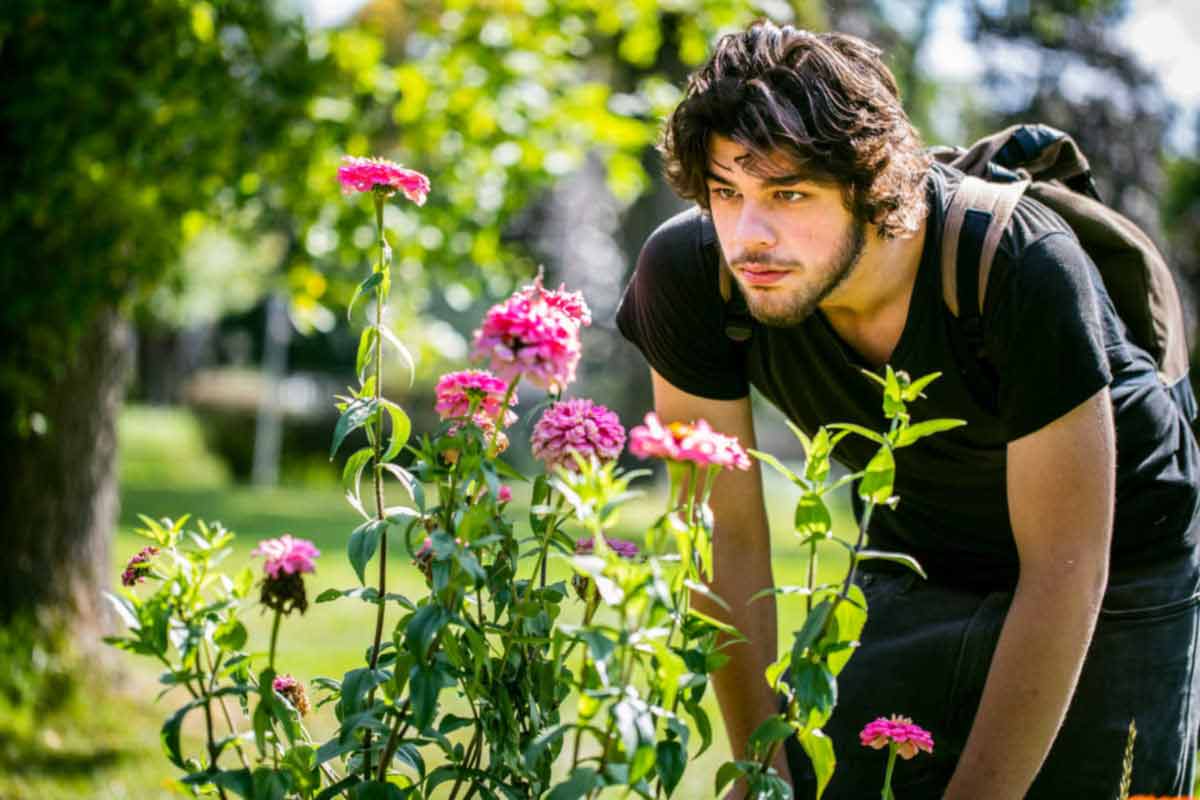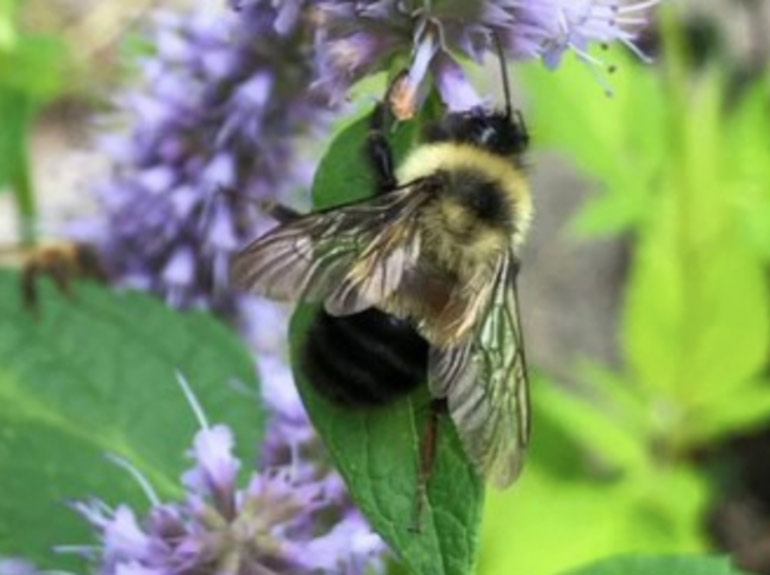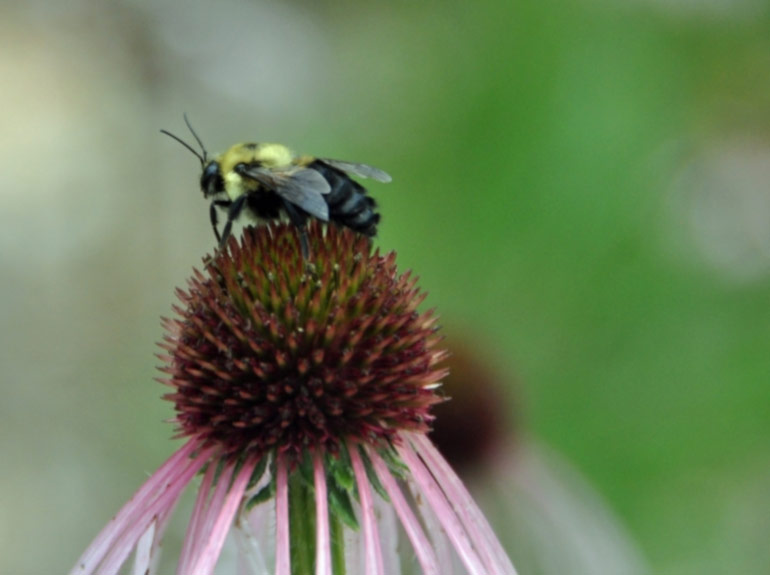About the Pollinator Path
The Pollinator Path is a series of gardens, some planted to attract pollinators and some planted for aesthetic purposes. These gardens allow students, faculty, staff and visitors to study pollinator activity and learn how to support declining pollinator populations.
The Pollinator Path has been providing food and habitat for a wide variety of pollinators and a "living laboratory" for the study of pollinators by students and the community for four years. We have studied what plants attract pollinators and adjusted our flowerbeds to encourage the maximum number of diverse pollinators throughout the season.
Contact
Catherine Grant

Discover St. Thomas’ pollinators
Walk the Pollinator Path
The Pollinator Path allow students, faculty, staff and visitors to study pollinator activity and learn how to support declining pollinator populations. Exploring Pollinator Pathways: An Activity Guide (pdf)
St. Thomas’ Pollinators
Pollinators on campus fall generally into these types: honey bees (non-native, but still very important), native bees (including bumblebees), wasps, syrphid flies, butterflies, moths and beetles. Here are a few pollinators we have spotted on campus recently.

Rusty-Patched Bumblebee
Rusty patched bumble bees live in colonies that include a single queen and female workers. The colony produces males and new queens in late summer.

Bumblebees
Bumblebees are generally stockier and more heavy-bodied than honeybees. They can grow to be quite large.

Monarch Butterflies
The monarch butterfly is among the most recognized, studied and loved of all of North America’s insects.
Contact Information
Questions? Please feel free to reach out if you have questions about the polinator path.
Catherine Grant
(651) 962-3250
gran5501@stthomas.edu
Campus Location
The greenhouses are Buildings #3 and #66 on the campus map.
